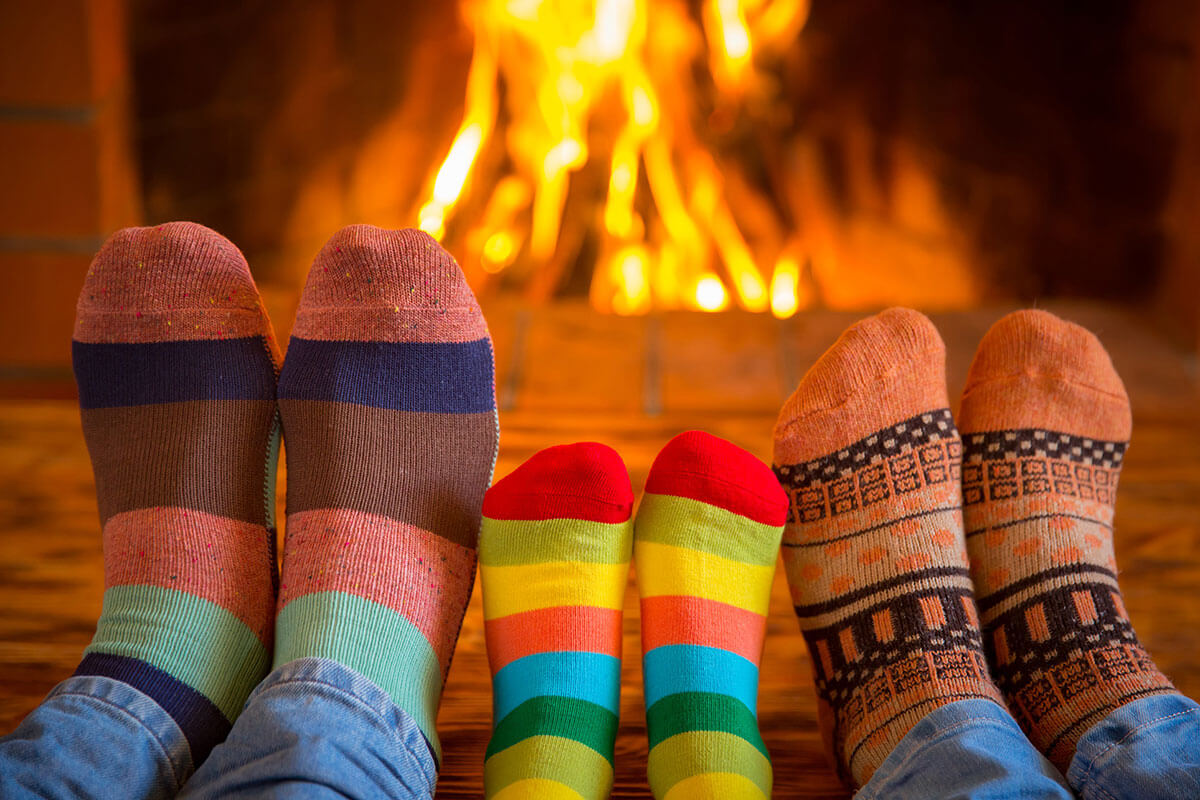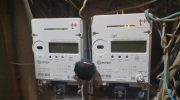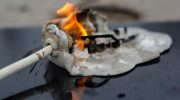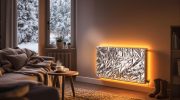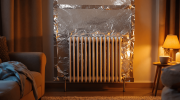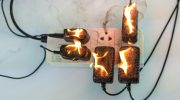There are many tricks that spread from lip to lip, but many of them not only don’t work, but are expensive and even dangerous.
When it comes to keeping the house warm and at the right temperature to avoid freezing in winter, people often resort to all sorts of tricks, thinking that they really work and that they can save money on electricity bills.
The problem is that many of them have the opposite effect. Not only are they questionably effective, but in many cases they can end up being a waste of money because they have a very poor cost-effectiveness ratio. We will therefore look at a number of methods that should never be used to heat a house.
When it comes to heating the home and maintaining a comfortable temperature, popular tricks and methods are often very useful, but this does not mean that they always work. Sometimes word of mouth doesn’t work and harsh realities hit the home.
Although there are many home heating tricks circulating on the internet, not all of them are really effective and safe. Sometimes we opt for home-made tricks that not only produce mediocre results, but can also pose health risks or even unnecessarily increase energy consumption. For this reason, we will look at some of the methods that do not work well, are not very effective or pose a direct risk.
Use of the kitchen oven
We have already seen how a cooker hood can be used as a cheap air conditioner, and in this sense many people may think thatusing an ovento heat the home is a good idea; in fact, they are both similar. It is not about using the heat generated by cooking in the oven, but about using the residual heat from switching on the oven and opening the door after cooking to warm the room.
However, what may seem like a good idea is an inefficient, dangerous and inadvisable method. Firstly, the heat generated remains in the kitchen and is not evenly distributed. However, this is not the worst of it, because if the oven is gas-powered, the risk is increased by the risk of carbon monoxide poisoning. Not to mention the danger of leaving the door open, especially if there are children or pets in the house.
Candles or home heaters
Another trick you can find on the internet is to use candles and diffusers to heat your home and create warmth. And yes, it is true that they give a pleasant sensation, but it is too limited. They have a very low heating capacity and they barely heat a very small area.
These improvised heaters are not capable of raising the temperature of an entire room. This is not to mention how dangerous they can be, as direct contact with flammable materials or possible obfuscation increases the risk of fire.
Hot water bottles or bags
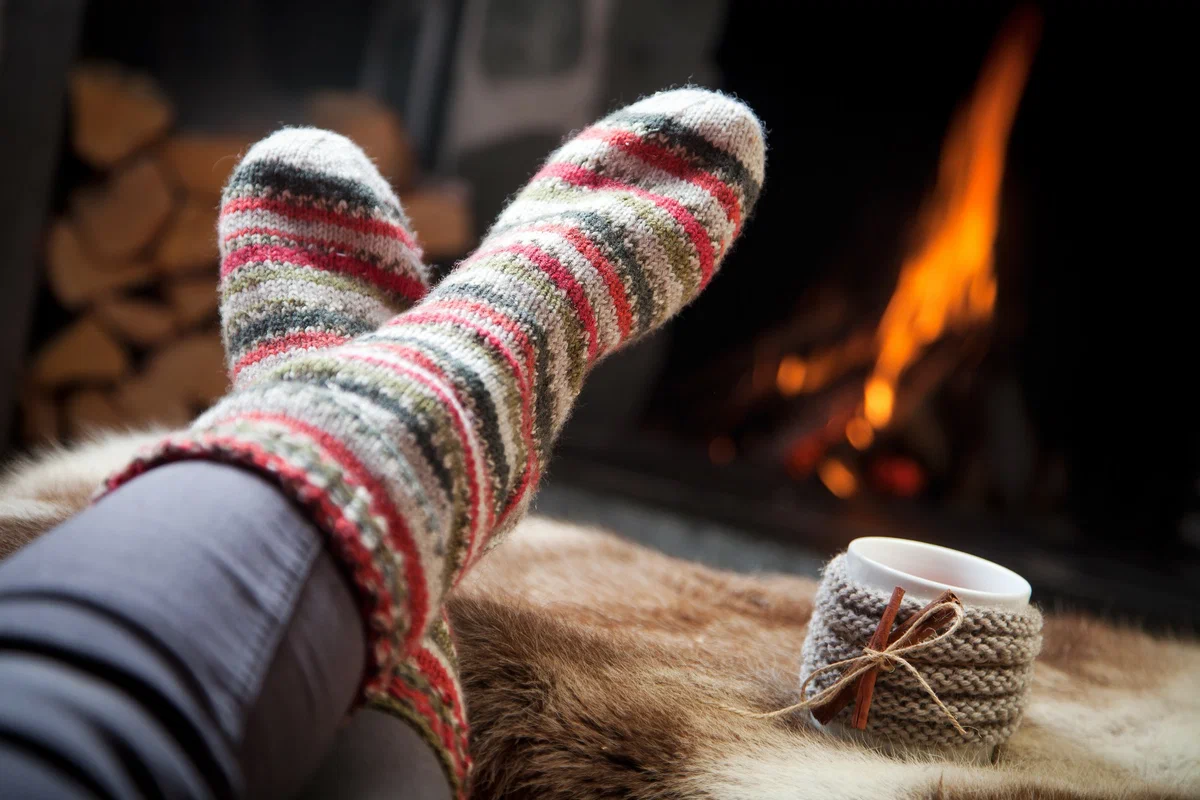
Another method that is often cited as practical for heating the home is to use hot water bottles and distribute them around the room or, alternatively, hot water bottles or hot water bags. And yes, it is true that they can provide temporary relief, but as we have seen before, this is only useful in very limited spaces.
A hot water bottle is ideal for warming a bed or keeping it on the sofa to warm a particular area of the body. However, trying to heat an entire room with this system is completely useless. It is a one-off solution that does not replace a proper heating system and does not significantly increase the room temperature.
Open the windows to take advantage of the sun
Another option, now that the days are getting longer, is to take advantage of sunlight for space heating. However, just letting the sun in is not enough. Many people open balconies and windows(not only for ventilation) in the hope that the sun will warm up their rooms. This is far from the truth. This method is not very effective.
In order to use sunlight as a heating system in the home, the orientation of the apartment must be taken into account and the windows must be well oriented. It is also important that both the windows and the rest of the room have good thermal insulation. If the windows are old or do not have double glazing, the house will lose more heat than it could gain from solar radiation.
Open fireplaces without heat recovery systems
Traditional fireplaces, although very cosy and warm, are not as efficient as many people think. A fireplace, even if it creates a pleasant feeling of warmth, is very inefficient if it does not have a heat recovery system . Much of the heat energy goes out through the flue, resulting in a loss of room temperature. With a heat recovery system, a decorative fireplace can become an efficient heat source.
Fans near radiators
Another common myth is to put fans next to radiators. Many people think that this will distribute the heat better, but they don’t realise they are wrong. If you don’t use the right system, all you are doing is dispersing heat to places where it is not needed, instead of keeping it in the place you want to heat.
A practical solution to improve the performance of radiators is to install an insulation system at the back so that heat is not lost through the walls.
Covering the walls with blankets or carpets
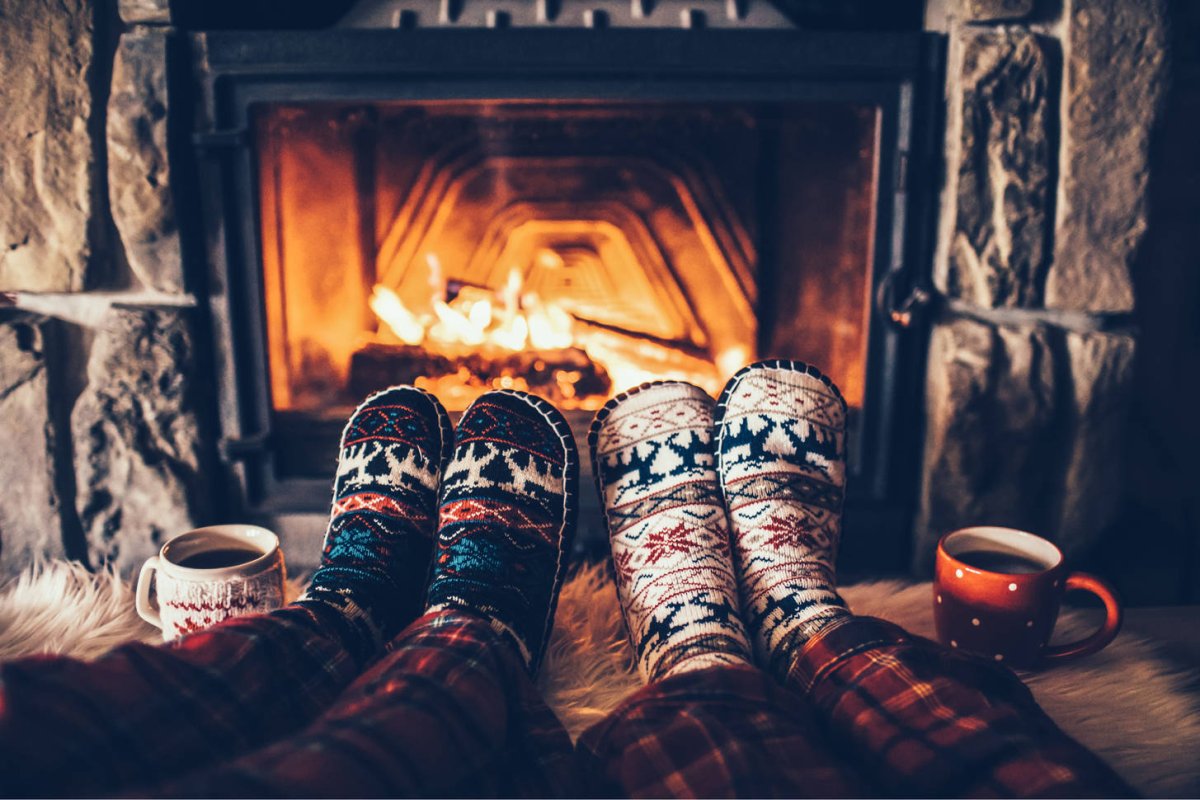
Some people choose to hang blankets or carpets on the walls, thinking that this will trap heat better, and it’s true, they can serve as a system to reduce cold ingress and heat loss… but they don’t work miracles.
Although these elements have some insulating properties, their effect is minimal if they are not accompanied byadequate insulation. Better to tape the door with weather stripping and seal any air leaks (without good sealants and insulation).
Space heating with portable cookers
Portable electric, butane or paraffin stoves may seem like a quick and cost-effective solution, but they tend to be inefficient when used for long periods of time and in large rooms. In addition, gas stoves can emit toxic fumes without proper ventilation, while electric stoves increase energy costs if they become the main heating source.
Heating your home efficiently and safely requires more than just home tricks or improvised solutions. Ideally, investment in modern heating systems, proper maintenance of appliances and the intelligent use of natural resources such as the sun are the keys to keeping the home warm without compromising safety or increasing energy costs.

